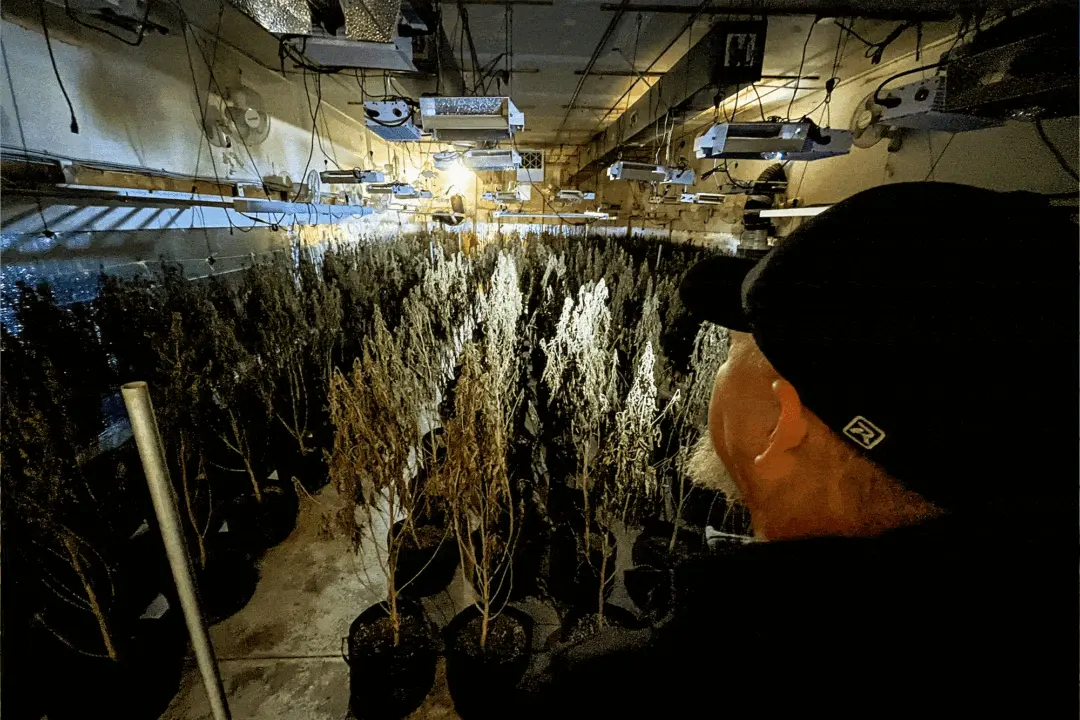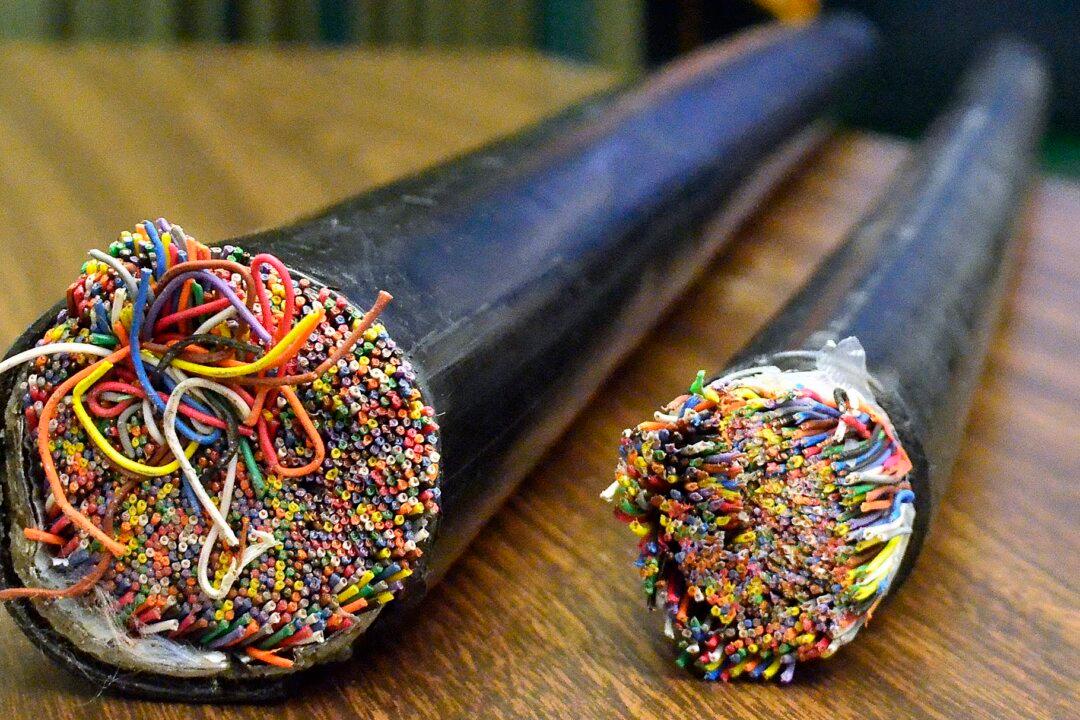LOUISVILLE, Colo.—Of the hundreds of homes destroyed or damaged in the Marshall fire in Colorado in December 2021, nothing appears to have been left intact, save for the plug-in outdoor nativity scene that miraculously survived the intense heat and flames.
Whether by good fortune or divine intervention, the ornament’s resilience in the face of a sudden tragedy sits in stark contrast to the burned-out cars and the piles of rubble, ash, and twisted metal where houses once stood in the now ruined Centennial Heights neighborhood in Louisville, Colorado.





